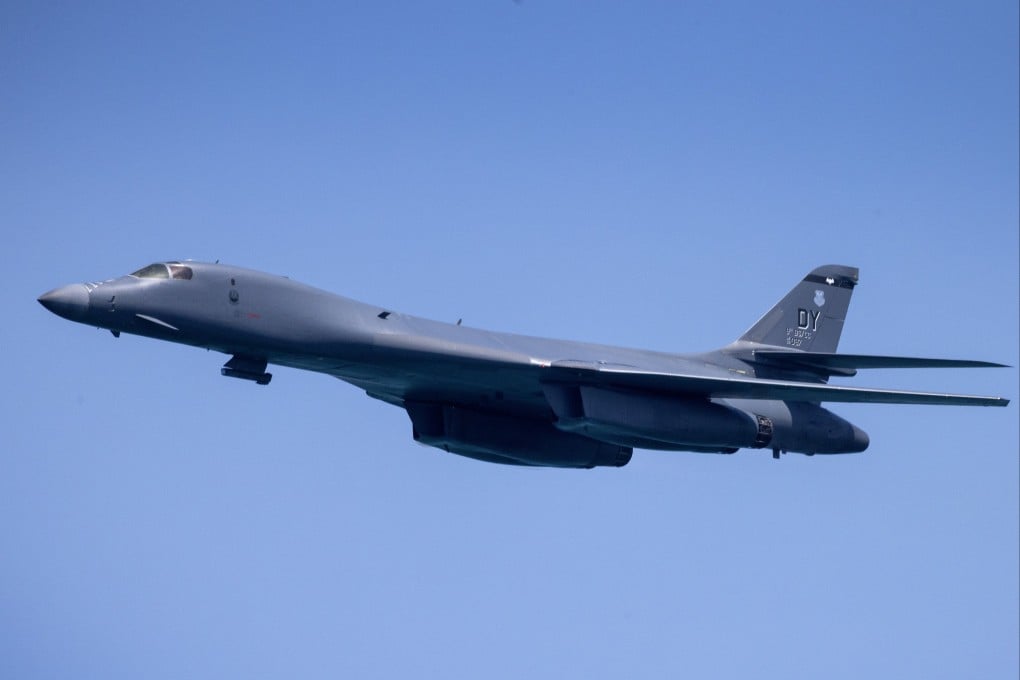Advertisement
‘North Korea will react angrily’: how a US bomber drill could backfire
- The first B1-B drill in 7 years comes amid heightened tensions after Pyongyang floated hundreds of huge waste-filled balloons south
Reading Time:3 minutes
Why you can trust SCMP
0

The recent deployment of a highly advanced US supersonic bomber to the Korean peninsula may have been intended as a show of force against North Korea, but analysts say Pyongyang could use the drill as a pretext to enhance its nuclear arsenal.
One B-1B Lancer bomber from Guam dropped Joint Direct Attack Munitions (JDAM) on Wednesday at Hwasung, some 50km west of Seoul, while being escorted by South Korean jets, in the first such bombing drill involving a US bomber over the Korean peninsula since 2017, US and South Korean military authorities said.
JDAM converts unguided, conventional bombs into more precise, GPS-guided weapons, including bunker-buster explosives. B-1B bombers are capable of carrying a large conventional weapons payload.
All US fighter jets, bombers and drones can use JDAM, which is among the weapon systems that the United States has been providing to Ukraine in its ongoing war against Russia.
According to analysts, North Korea is very sensitive to drills using bunker-buster bombs, which could threaten its underground military tunnels and structures, and ultimately its leadership.
David Maxwell, vice-president of the Centre for Asia-Pacific Strategy think tank, said the bomber’s deployment should give the North Korean leader Kim Jong-un pause in knowing that US and South Korean combined air forces can strike any target anywhere in the North with great precision.
Advertisement